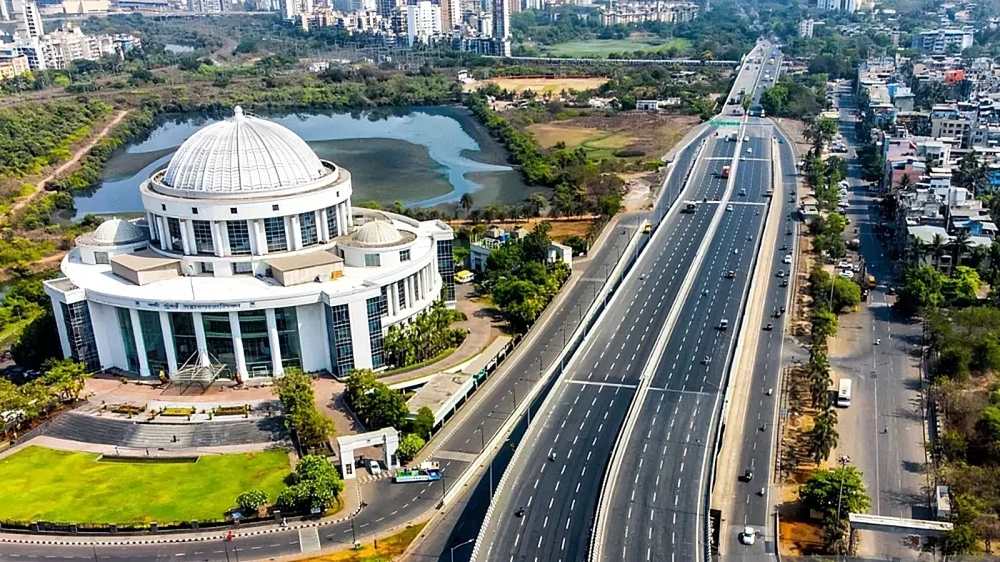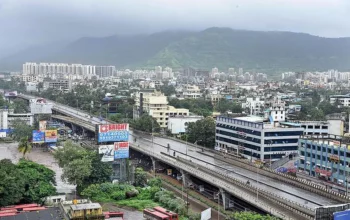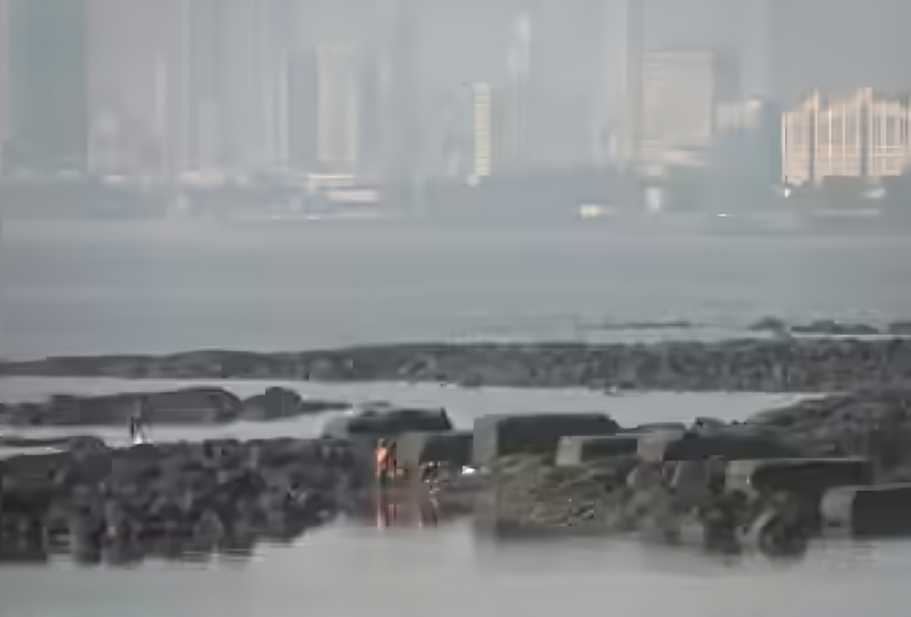The second phase of Metro Line 3 (Aqua Line), which would connect Worli and Bandra Kurla Complex (BKC), is scheduled to open in April, bringing about a major change in Mumbai’s real estate market. Two of India’s most costly real estate hotspots—Worli, one of the most expensive residential neighbourhoods, and BKC, the city’s most expensive business district—are connected by this important infrastructure improvement.
Real estate developers and analysts anticipate a surge in demand and investment opportunities across South and Central Mumbai, with improved connectivity driving property prices upward. However, while the Metro will enhance accessibility, experts suggest that Mumbai’s high-net-worth individuals (HNIs) and ultra-high-net-worth individuals (UHNIs) may find the recently inaugurated Mumbai Coastal Road more beneficial for daily commuting, further fueling demand for ultra-luxury residential projects.
Depending on location, age, and facilities, property prices in South and Central Mumbai currently range from Rs 45,000 to Rs 1.60 lakh per square foot. Leading developers that are driving both luxury and mid-segment housing projects in the area include Lodha Group, Godrej Properties, Sunteck Realty, Prestige Group, and Puravankara.
In October 2024, the Aqua Line, which runs 33.5 km from Aarey Colony to Cuffe Parade and stops at 10 stations between Goregaon and BKC, partially opened. Important regions like SEEPZ and Andheri MIDC were connected during this phase. Metro passengers will have much easier access to busy districts like Dharavi, Dadar, Siddhivinayak Temple, and Worli thanks to the forthcoming BKC-Worli extension.
While the Metro is expected to enhance daily commuting for professionals and middle-class residents working in business hubs like BKC and Andheri, its influence on Mumbai’s elite remains limited. “HNIs are less likely to use the Metro; for them, the Mumbai Coastal Road will be far more beneficial,” noted property experts. However, they emphasised that both projects—the Metro and the Coastal Road—would collectively strengthen South Mumbai’s real estate appeal.
Real estate consultants predict that Metro Line 3 will have a moderate impact on South Mumbai’s working-class population but will significantly benefit residents of Worli, Dadar, and Mahim. “Several redevelopment projects along the Metro route will gain from the Aqua Line,” said Pramod Vyas, president of SMART (South MetroCity Association of Realtors). The improved transit system is expected to boost interest in residential and commercial spaces, especially among senior executives who live in South Mumbai but work in BKC or Andheri East.
A 2024 analysis by Knight Frank India predicts that enhancements to the transit system will boost South Mumbai’s real estate sector and draw in investors and companies. According to the analysis, there is a high demand for Grade A office space, and office rentals in Nariman Point, one of the city’s upscale business districts, could increase from Rs 569 per square foot to Rs 1,091 per square foot by 2030.
Historically, Nariman Point was Mumbai’s most coveted business district, with rents surging from Rs 200 per sq ft in 2003 to Rs 550 per sq ft by 2007. However, the global financial crisis and the rise of BKC as a corporate hub led to a decline, with rentals dropping to Rs 402 per sq ft in 2012. Recently, rental prices have rebounded, climbing 52% between 2018 and mid-2024, outpacing BKC’s 20% growth during the same period.
Over the next six to eight years, South Mumbai is anticipated to add 4-6 million square feet of mixed-use office space, solidifying its standing as a top real estate destination. Mumbai’s real estate market is about to undergo a significant change as a result of Metro Line 3’s improved connectivity and the Mumbai Coastal Road’s improved vehicle access.
Source: Hindustan Times





